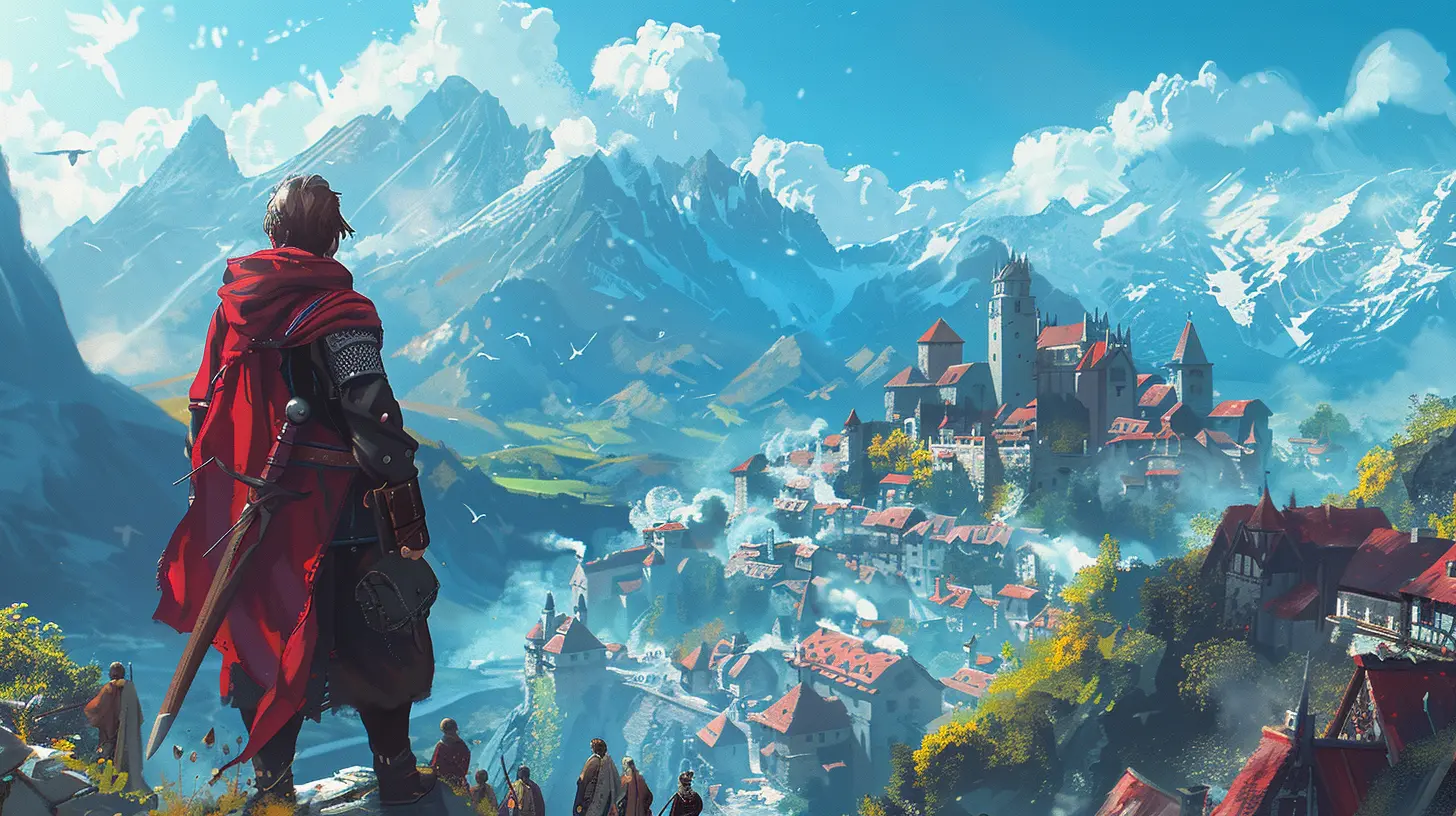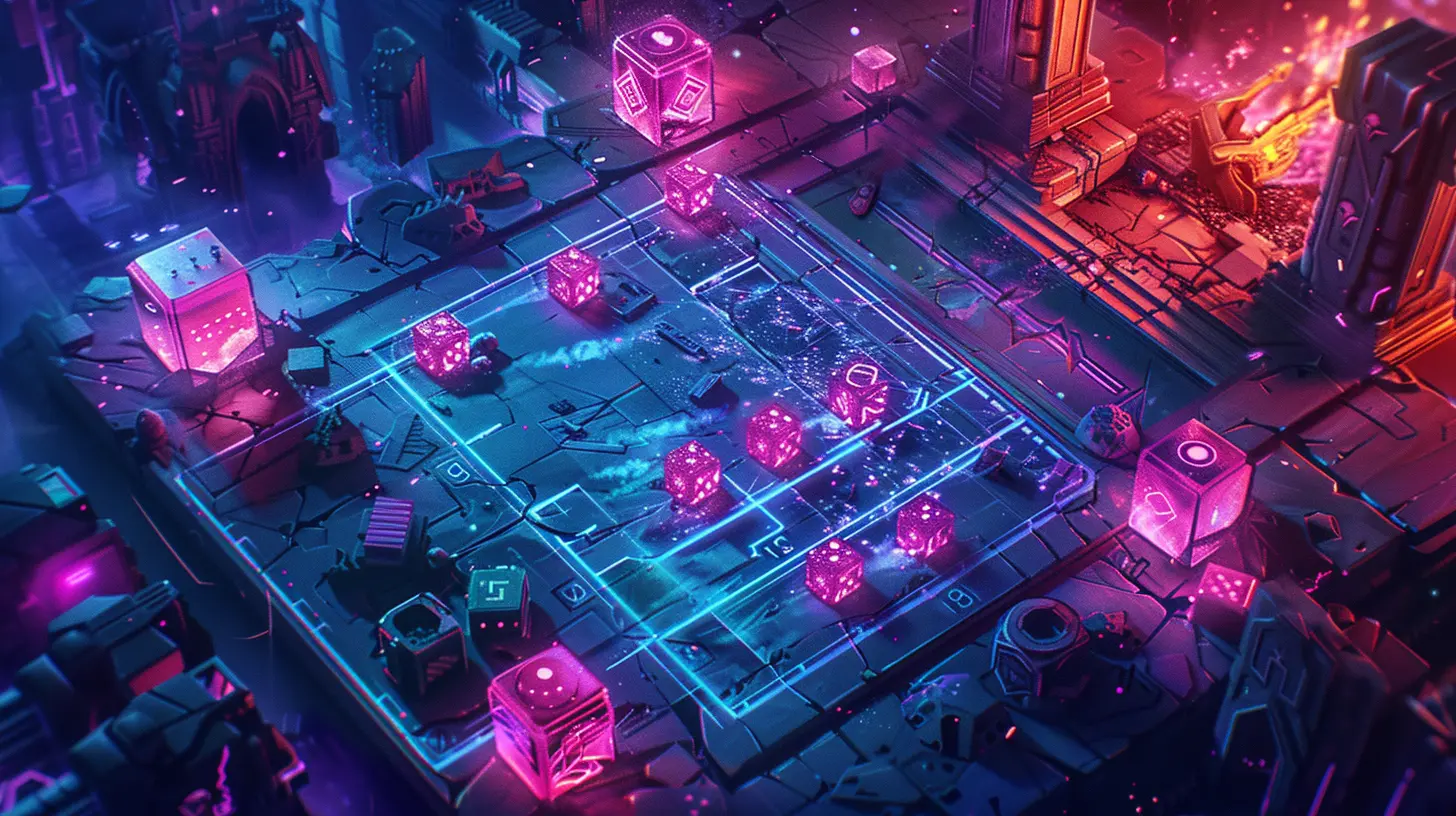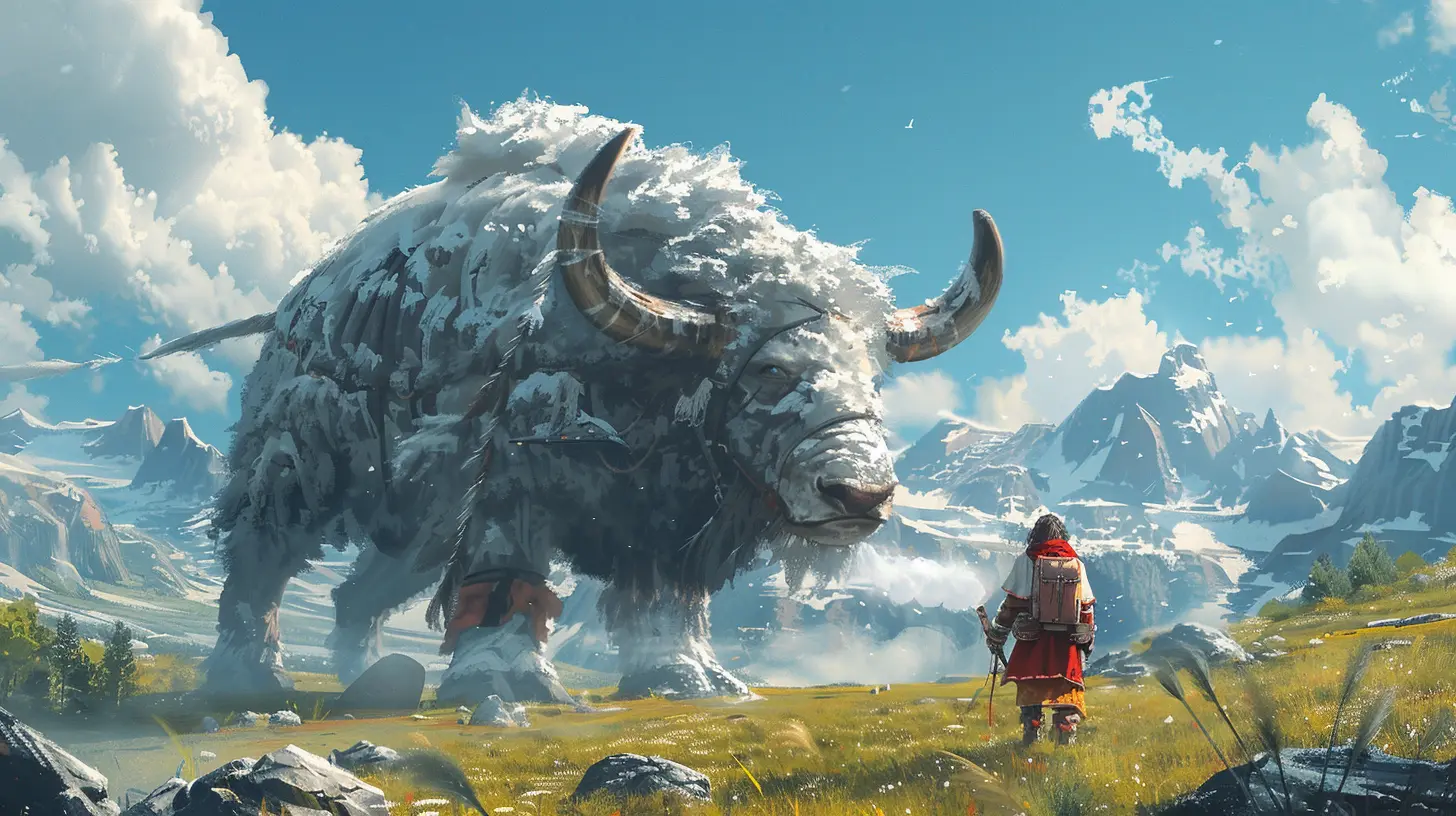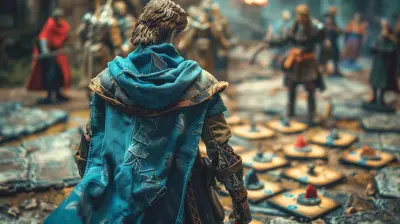How Game Demos Can Boost Your Crowdfunding Campaign
25 July 2025
So, you’re thinking about launching a crowdfunding campaign for your game, huh? That’s awesome! But let’s be real—getting backers to notice your game in a sea of other campaigns is no walk in the park. You’ve probably heard all the buzz about great trailers, beautiful cover art, and compelling stories—and yes, those are super important.
But here's a little ace up your sleeve that many indie developers often overlook: the game demo.
Yep, giving people a sneak peek into your game can work wonders for your funding goals. In fact, it can be the one thing that makes backers go from “Hmm, interesting…” to “Shut up and take my money!”
In this article, we’re diving deep into how game demos can boost your crowdfunding campaign, help you build trust, grow community, and ultimately reach (or even smash) your funding goals. Ready to level up? Let’s go.
Why First Impressions Matter
You know what they say, right? You never get a second chance to make a first impression. In the world of crowdfunding, this couldn’t be more true.When people land on your Kickstarter or IndieGoGo page, they’re not immediately interested in your elaborate four-paragraph plot description. What they want to know is:
- Is this game fun?
- Is it worth my money?
- Can I trust these devs?
A game demo answers all those questions in one go. It’s like a playable handshake.
What Is a Game Demo, Really?
A game demo isn’t your full game. It’s a slimmed-down, playable version that gives a taste of what you’re building. Think of it as an appetizer before the main course.You don’t need to offer the whole experience—just enough to show off the gameplay loop, mechanics, style, and overall feel.
It’s the ultimate proof of concept. If a picture is worth a thousand words, then a game demo is worth ten thousand pitch paragraphs.
Trust is Everything in Crowdfunding
Backers are taking a leap of faith. They’re giving you money for something that doesn’t even exist yet. That’s a big ask.So how do you make them trust you?
Simple: Show, don’t just tell.
Show them that you’ve put in the work and that you’re capable of creating something real. A demo shows progress, commitment, and passion. It tells your backers: “Hey, we’ve actually built something, and here’s the proof.”
That’s a thousand times more convincing than a beautifully crafted PDF full of concept art.
Demos Stir Emotion
Let’s get a little psychological here. When someone plays your demo and gets emotionally invested, they’re more likely to support your project. That rush of excitement when they beat your game’s first boss? That satisfaction when they solve a tricky puzzle? That nostalgic vibe from your pixel art style?These emotions matter. They create personal investment, which is a powerful motivator. If you can make someone feel something through your demo, they’re way more likely to back your project. It’s not just a game anymore—it’s an experience they want to be part of.
Builds Buzz and Word-of-Mouth
Here’s the magical thing about a good demo: people talk about it.Streamers showcase it. YouTubers play it. Twitch chat freaks out about it. Gamers share it with their friends. And guess what? That’s free marketing.
All of a sudden, people are saying things like:
> “Hey, did you try the demo for That Cool Indie Game? It’s actually amazing!”
Boom—your game spreads like wildfire.
The more people play your demo and spread the word, the more visibility your campaign gets. And in crowdfunding, visibility is everything.
Demos Can Drive Your Email List and Socials
A demo doesn’t just live in a vacuum. You can use it to drive traffic to other important parts of your campaign.You could:
- Gate the demo behind an email signup
- Offer exclusive content to your Twitter followers
- Have demo-related challenges to boost community engagement on Discord
In other words, the demo becomes a powerful marketing tool, getting people into your ecosystem long before your campaign even goes live.
You Get Feedback. Valuable Feedback.
Let’s not forget one huge perk here: player feedback.Putting a demo out there before your crowdfunding launch lets you test the waters. Are people enjoying the gameplay? Is the UI user-friendly? Are there annoying bugs you didn’t catch in testing?
This feedback loop can be absolute gold. Not only can it help you polish your game even more, but it also shows potential backers that you listen. And nothing builds trust like a developer who listens.
It Shows That You Have Skin in the Game
Let’s be honest. Anyone can come up with a cool game idea. But ideas are cheap. Execution? That’s the hard part.When you build and release a demo, you’re showing the world that you’ve put in the work. You’ve already invested time, energy, and resources into bringing your dream to life.
And people respect that hustle. It communicates, “Hey, I’m not just here with a dream. I’ve rolled up my sleeves. I’m doing this.”
That kind of commitment is magnetic. Backers want to support creators who are serious about delivering.
Your Demo Can Be Part of the Story
Storytelling is a huge part of crowdfunding. You’re not just selling a product—you’re inviting people on a journey.So here’s an idea: weave your demo into that journey. Talk about the process of making it, share behind-the-scenes footage, and document the ups and downs.
Invite your backers to become part of something bigger. Maybe even offer a first-look demo version exclusive to early backers. Make it feel like a secret club that people want to join.
Great Demos Can Go Viral (Yes, Really)
When everything aligns—tight gameplay, unique art, killer soundtrack—your demo can take on a life of its own.Games like Hollow Knight and Hades built fanbases before their official launches by giving players a taste of what was coming. Not only did that generate hype, but it also created emotional buy-in that fuelled their crowdfunding success and long-term community engagement.
A viral demo can be the domino that tips your entire campaign in the right direction.
A Bit of Real Talk: Common Fears About Making Demos
Okay, so by now you’re probably thinking, “Alright, fine. You’ve convinced me. But making a demo sounds hard, dude.”Totally fair.
Let’s talk through some common worries:
❌ “What if my demo isn’t perfect?”
Guess what? No one’s is. A polished demo is great, but even a rough one can win hearts. Just communicate clearly about what it is and what it’s not.❌ “I don’t have time!”
You don’t need a massive, multi-hour campaign. A 5–15 minute slice is plenty. Focus on one level or mechanic that shows what makes your game special.❌ “What if people hate it?”
Well, that’s feedback. And feedback is a gift. Honestly, better to know now than after you’ve raised thousands of dollars. You can tweak, pivot, improve.Demos aren’t about perfection—they’re about connection.
Best Practices for Creating a Killer Demo
If you’re going to do a demo, let’s do it right. Here are a few must-dos to keep your demo polished and impactful:1. Keep it Short and Sweet
A tight 5–15 minutes is ideal. Leave players wanting more.2. Focus on the Hook
Show off your most unique mechanic or story moment early. Get them hooked.3. Make it Accessible
Distribute it on platforms like Itch.io, Steam, or even via direct download links. No one wants to jump through hoops.4. Include a Feedback Form
Keep it simple: thumbs up/down, favorite part, biggest issue. It’s invaluable.5. Use it in Your Campaign Video
Capture gameplay footage from the demo and include it in your Kickstarter trailer. Let viewers see the game in action.What Happens After the Demo?
So your demo’s out in the wild and people are loving it. Now’s your moment to strike while the iron’s hot.- Share fan reactions and Let’s Plays
- Code up a few fun bug-fix updates
- Tease what’s next
- Keep that momentum rolling into your funding launch
The demo isn’t just a one-off marketing blast—it’s part of the ongoing story of your game. It builds anticipation, community, and belief.
Real Indie Success Stories
Don’t just take it from me. Here are a few games that used demos to supercharge their campaigns:- Celeste: Started as a tiny Pico-8 demo and exploded into a full-blown fan favorite.
- CrossCode: Dropped a playable prototype and built a loyal fanbase before their campaign.
- Sea of Stars: Their epic, polished demo built massive momentum for their Kickstarter.
These aren't AAA studios. They’re indie devs with heart, hustle, and a demo. Just like you can be.
Final Thoughts: Demos Are Worth the Extra Work
If you’re launching a crowdfunding campaign for your game, don’t skip the demo. It’s not just a “nice to have”—it can be the key that unlocks real trust, emotional connection, and the kind of buzz you need to make your campaign a success.Yeah, it takes time. Yeah, it takes effort. But the return? Oh man, it’s so worth it.
So go ahead—craft that slice of gameplay magic, share it with the world, and watch as your crowdfunding campaign levels up.
You got this.
all images in this post were generated using AI tools
Category:
CrowdfundingAuthor:

Greyson McVeigh
Discussion
rate this article
1 comments
Brandon McAdams
Game demos enhance engagement and drive crowdfunding success!
August 25, 2025 at 5:01 AM

Greyson McVeigh
Absolutely! Game demos allow potential backers to experience gameplay firsthand, fostering excitement and trust, which are key for successful crowdfunding.


